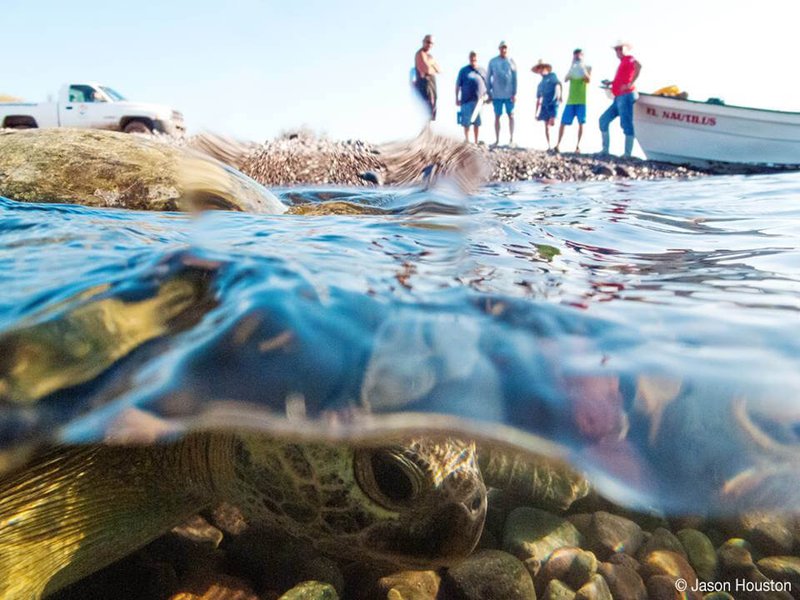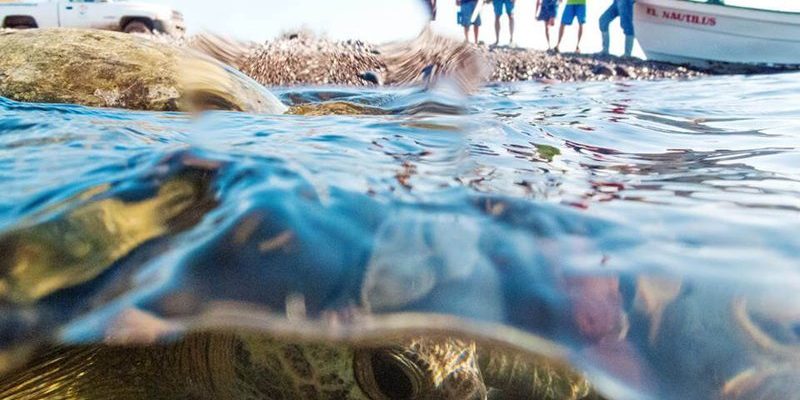
When we think about conservation, it’s like caring for a garden. You need to nurture it, remove the weeds, and protect it from pests. In a similar way, protecting mallards involves maintaining their habitat, addressing pollution, and even implementing hunting regulations. So, let’s dive into the various conservation efforts aimed at securing a safe future for these iconic birds.
Why Mallards Matter
Understanding why we should protect mallards is essential. These ducks play a vital role in their ecosystems. As omnivores, they help control aquatic plant growth and recycle nutrients in the water. When mallards forage, they stir up sediment, promoting a healthy aquatic environment.
Moreover, mallards are a significant part of many cultures and communities. They inspire art, photography, and even local festivals. Ever heard of the “Wild Duck Festival” celebrated in some areas? This showcases the deep connection people have with these birds. By conserving mallards, we preserve not just a species, but a part of our cultural heritage.
Habitat Protection
One of the most pressing conservation efforts focuses on protecting the mallards’ natural habitat. Wetlands are vital for mallards, providing them with food, nesting areas, and safety from predators. Unfortunately, urbanization and agriculture often lead to wetland loss. Imagine a once lush, vibrant marsh being replaced by concrete or crops. It’s heartbreaking, right?
To combat this, many organizations work on wetland restoration projects. These efforts typically include replanting native vegetation, removing invasive species, and improving water quality. For example, The Nature Conservancy has been actively involved in restoring wetlands across the United States, helping to ensure that mallards and other wildlife can thrive in their natural habitats.
Pollution Control
Pollution is an unfortunate reality that impacts many species, including mallards. Chemicals, plastics, and waste can contaminate their habitats, leading to health issues and habitat degradation. Just think about the trash you sometimes see in lakes or rivers—it’s not just unsightly; it’s harmful!
Conservationists are working hard to fight pollution through advocacy, education, and clean-up initiatives. Local groups often organize community clean-up days at parks and waterways, cleaning trash and raising awareness about the importance of keeping our environments clean. Additionally, there are efforts to regulate industrial discharges and promote sustainable farming practices that minimize runoff. Every little effort counts!
Hunting Regulations
Hunting is another area where conservation efforts can directly impact mallard populations. Historically, hunting has led to significant declines in various bird species, including the mallard. However, regulated hunting can actually help maintain healthy populations when managed properly.
Organizations like the U.S. Fish and Wildlife Service conduct regular surveys to monitor mallard populations. Based on their data, they set hunting seasons and bag limits to ensure that hunting does not negatively impact mallard numbers. These regulations are not just rules; they’re essential for balancing the ecosystem and allowing mallards to reproduce and thrive.
Community Involvement and Education
Engaging local communities in conservation efforts is crucial for the success of mallard protection. Education programs can help people appreciate the importance of these ducks and their habitats. Schools often participate in activities that involve observing mallards, learning about their biology, and understanding their ecological roles, making conservation feel personal and relevant.
You might also see community events like “Birdwatching Days” where local birders share their passion with others. These gatherings foster a sense of connection to nature, encouraging participants to take action in protecting their local ecosystems. When people feel a connection to wildlife, they’re more likely to advocate for its preservation.
Research and Monitoring
Research is the backbone of effective conservation. Continuous monitoring of mallard populations helps scientists understand their needs, behaviors, and the threats they face. Understanding migration patterns, breeding success, and population health can provide valuable insights into what conservation measures are working.
Many universities and research institutions partner with wildlife organizations to study mallards. These collaborations often involve tracking migratory routes using satellite technology or assessing the impact of environmental changes on their habitats. Enhanced knowledge leads to better conservation strategies, ensuring that efforts remain relevant and effective.
In a world where nature often seems to be on the backburner, protecting the mallard is a reminder of the beauty that still exists and needs our help. Through habitat protection, pollution control, responsible hunting practices, community involvement, and ongoing research, we’re building pathways for these ducks to thrive.
Just like a garden requires attention and care, so too does our environment. You might be wondering how you can contribute—getting involved with local conservation groups, volunteering for clean-up days, or simply spreading awareness can make a difference. The future of mallards—and countless other species—depends on our commitment to conservation efforts. Let’s ensure that the quack of a mallard is a sound we’ll hear for generations to come.

